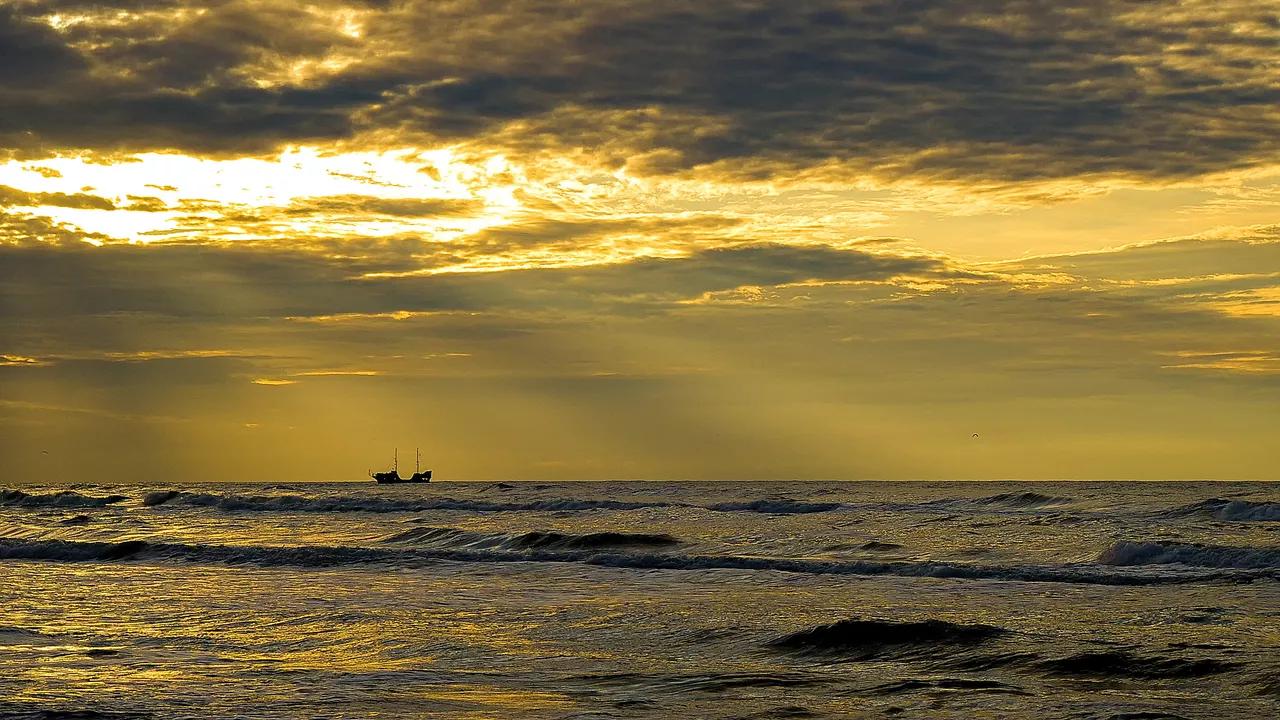Africa-Press – Rwanda. With an acidic and oxygen-sparse bed, the Baltic Sea ranks among the world’s best preservers of shipwrecks spared, as they are, destruction by worms and fishing gear. Nevertheless, a single find that includes three centuries-old ships is a rarity even for such a rich milieu.
A joint expert team from the Jutland Maritime War Museum and the Danish National Museum has found three well-preserved shipwrecks on the bottom of the Baltic sea, approximately 150 meters below the water’s surface.
Two of the shipwrecks are former merchant ships and presumably of Dutch origin. One dates from somewhere between the end of the 17th century and the beginning of the 18th and is approximately 25 meters long. The other dates from the 17th century and is slightly smaller at approximately 16 meters.
The third one is up to 27 meters, dates from the latter half of the 18th century and is likely to come from Scandinavia. Although it is also a merchant vessel, it is equipped with cannons – probably to defend itself.
The reason is that worms and other animals that normally attack woodwork cannot survive in the Baltic Sea, where the environment at its bed is acidic and low in oxygen. Therefore, the Baltic Sea ranks among the world’s best repositories of wooden shipwrecks, along with the American lakes. By contrast, in the neighboring North Sea woodwork is quickly destroyed by worms and heavy fishing gear.
The ships were found several nautical miles apart, and there is no indication that they were connected. Why the ships sank is as yet unclear. Since there are no cannon holes in the ships’ hulls, the rough waters of the Baltic Sea are expected to have been the cause as of the wrecks bear signs of damage from wind and weather, including broken masts.
The researchers intend to leave the remains as they are, without even looking at their cargo. Gert Normann Andersen said that “a wreck so beautiful must be allowed to stand still”, adding that the names and the exact contents of the ships may be established with the help of historical archives.
For More News And Analysis About Rwanda Follow Africa-Press






